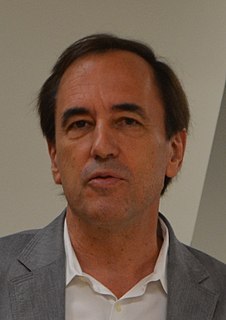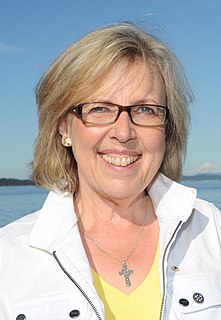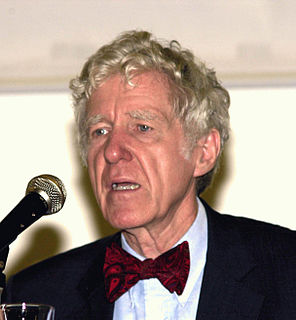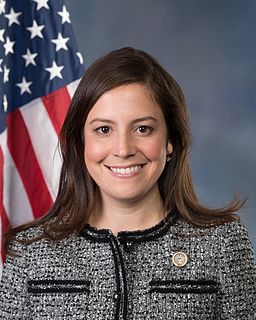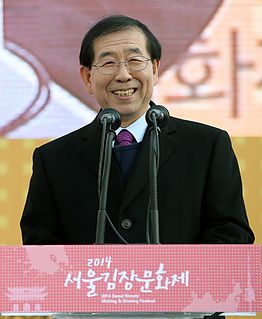A Quote by Michael Shellenberger
The underlying problem with solar and wind is that they are too unreliable and energy-dilute.
Quote Topics
Related Quotes
Solar makes electricity expensive for two inherently physical reasons. Sunlight is dilute, requiring 10 to 15 times as much materials and mining, and up to 5,000 times more land, than non-renewables. And sunlight is unreliable, which reduces the value of solar as it becomes a larger part of energy supplies.
In reality, Republicans have long been at war with clean energy. They have ridiculed investments in solar and wind power, bashed energy-efficiency standards, attacked state moves to promote renewable energy and championed laws that would enshrine taxpayer subsidies for fossil fuels while stripping them from wind and solar.
The transition from coal, oil, and gas to wind, solar, and geothermal energy is well under way. In the old economy, energy was produced by burning something - oil, coal, or natural gas - leading to the carbon emissions that have come to define our economy. The new energy economy harnesses the energy in wind, the energy coming from the sun, and heat from within the earth itself.
Yes, sunny Nevada is an ideal state for solar power. As it gets cheaper, the state should use solar whenever it makes financial sense. But politicians shouldn't force you to buy it regardless of cost. It doesn't make sense to insert into the state constitution a requirement on energy use that locks Nevada into 50 percent wind and solar.


